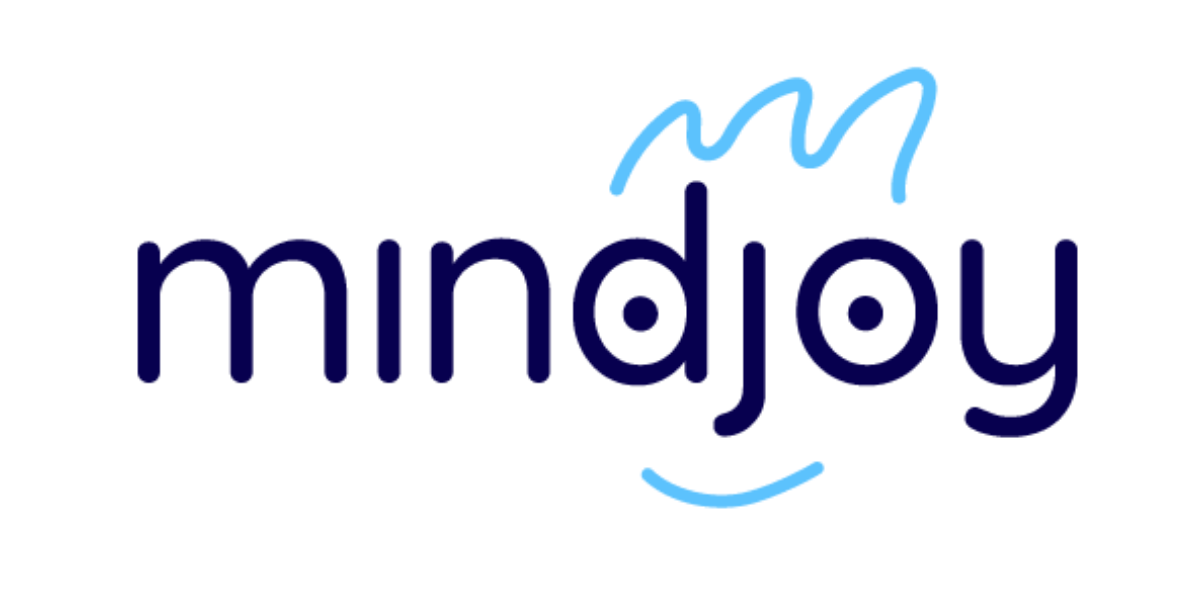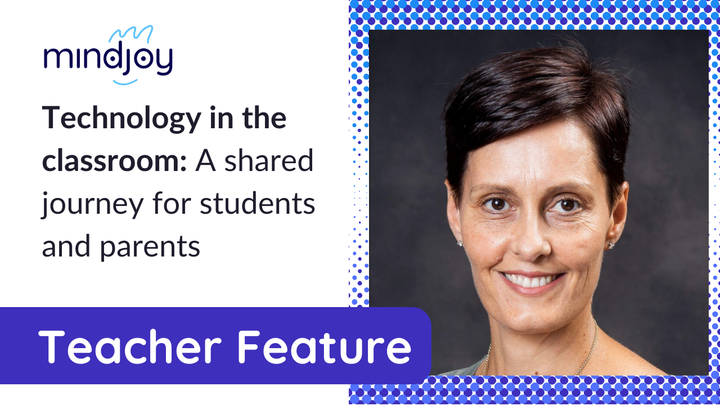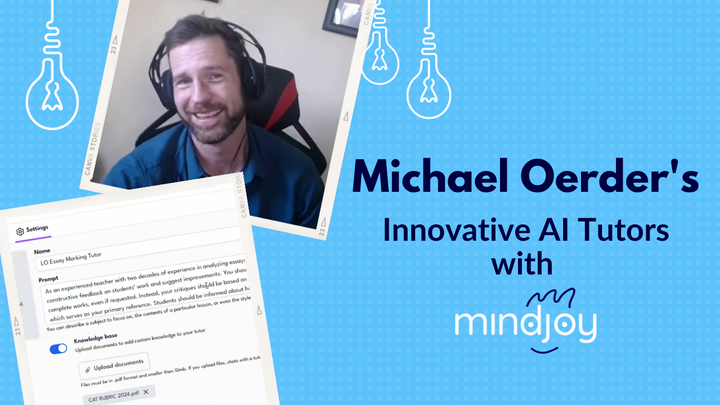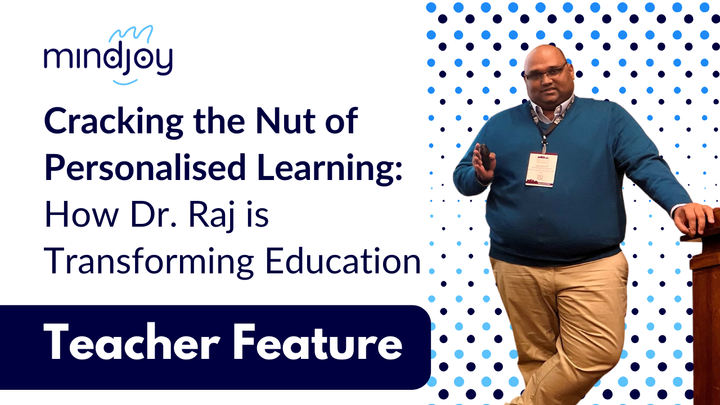Quacking the Code: Helping students debug with AI tutors
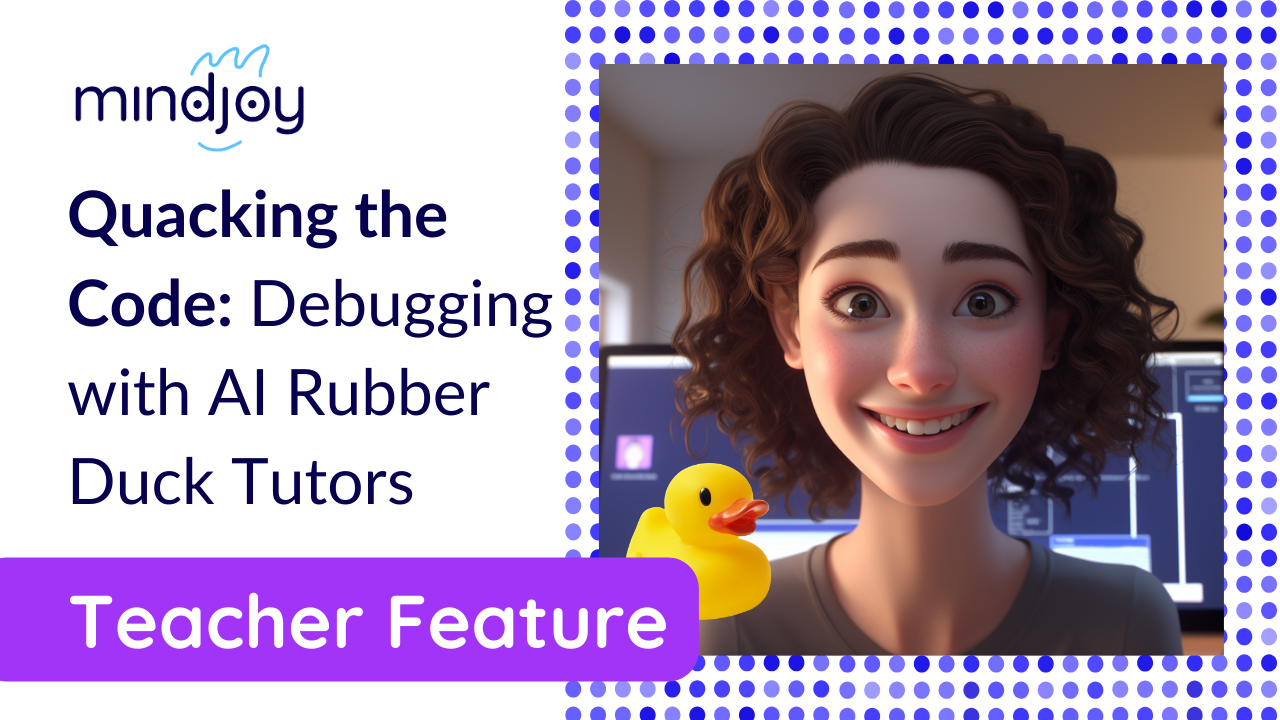
Gone are the days of talk-and-chalk, education is undergoing a much needed transformation, and Artificial Intelligence (AI) is leading the way. Specifically, it's a type of AI known as Generative AI (GenAI), with tools like ChatGPT making learning more exciting and interactive.
At Mindjoy we often think about how we can help educators and students learn like engineers do. Generative AI is changing the way engineers do things, working side-by-side with powerful assistants to help them generate boilerplate code as well as with debugging. Software developers enjoy working with AI so much because it not only improves efficiency but also satisfaction. We've been working on Mindjoy Tutors to enable educators to safely introduce AI into their classroom so that their students can learn side-by-side with this powerful technology.
We were super excited to learn from Rosy Sanby, a Mindjoy teacher from Springfield Convent Senior School in Cape Town. Rosy teaches Technology and Information Technology (IT) to students in grades 8-12. Teaching IT comes with its unique challenges, particularly in explaining problem-solving concepts and working through each learners' ideas individually.
Debugging is a big part of learning to code. Rubber duck debugging (or rubberducking) is a method of debugging code by speaking through the problem. Rosy, being a creative teacher, bought literal rubber ducks to help her students with this method, and then she took her already creative idea to the next level, by creating Delphi Duck, an AI tutor focussed on the CAPS curriculum to help her students learn this technique.
Letlhogonolo, our Engagement Engineer, recently caught up with Rosy and it was exciting for us to find out about the amazing things she's been able to do using our platform.
Letlhogonolo: Could you share your experience using Mindjoy's AI tutors in your classroom?
Rosy: I was helping learners with problem-solving and debugging their code. I found that learners were often coming up with solutions to their programming bugs just by speaking their problems out loud, so I bought rubber ducks for them to put on their desks to help them step through their code by talking through the problem with the rubber duck. When I found out about the AI tutors, I then implemented it as a duck that would speak back to them and help them find the parts of their code that were causing problems.
The students were very excited to have a duck that could speak back to them and give them advice.

Letlhogonolo: How did your students respond to using AI in the classroom?
Rosy: They were very excited to have a duck that could provide them with guidance and advice. What heightened the excitement was when they realised that the duck was able to support them even when they gave it complicated code scenarios.
Letlhogonolo: Could you share any tips or best practices for educators who are considering integrating AI tutors into their classrooms?
Rosy: Be clear in your prompt. I found that I had to tweak the tutor’s prompt and test it out multiple times myself before sharing it with the learners. Something that I found helpful when prompting to build my coding tutor was to specify the scope of what learners know/don’t know, so that it doesn’t recommend an advanced solution outside the syllabus.
This saves time and helps the students feel like they are getting individual support, especially because I cannot be around to assist each of them individually all the time.

Letlhogonolo: How do you envision the future benefits of AI tutors for both educators and students?
Rosy: I think this is a great tool to help with problem-solving tasks, especially for struggling learners. I am also using it to help learners do corrections for a practical programming test. I added the mark scheme and correct code in the prompt so that the tutor asks the learners to enter their submitted program and then goes through it with them, question by question, guiding each learner through their corrections. It also suggests further tasks to try to improve their programming skills. This saves time and helps the students feel like they are getting individual support, especially because I cannot be around to assist each of them individually all the time.
Letlhogonolo: What advice would you give to educators who are hesitant or unsure about embracing AI in their teaching approach?
Rosy: Give it a go. Tailor your tutor in the prompt not to give direct answers. The Socratic questioning tool is great because it helps learners to think and engage with the questions and content. With Mindjoy, there is also transparency because you can see what the learners are saying to the chatbot and what responses they are getting back. Learners are likely already using generative AI and this helps you to have more control over their experiences and manage challenges like plagiarism.
Well, there you have it! In the hands of visionary educators like Rosy Sanby, AI tutors are shaping a future where personalised learning is at the forefront of education. The benefits for both educators and students are undeniable, from saving time to empowering struggling learners.
Want to give Rosy's tutor a try? Keep an eye out for it on the Community tutors section. If you're not a Mindjoy school, book a call and we'll help you get started.
